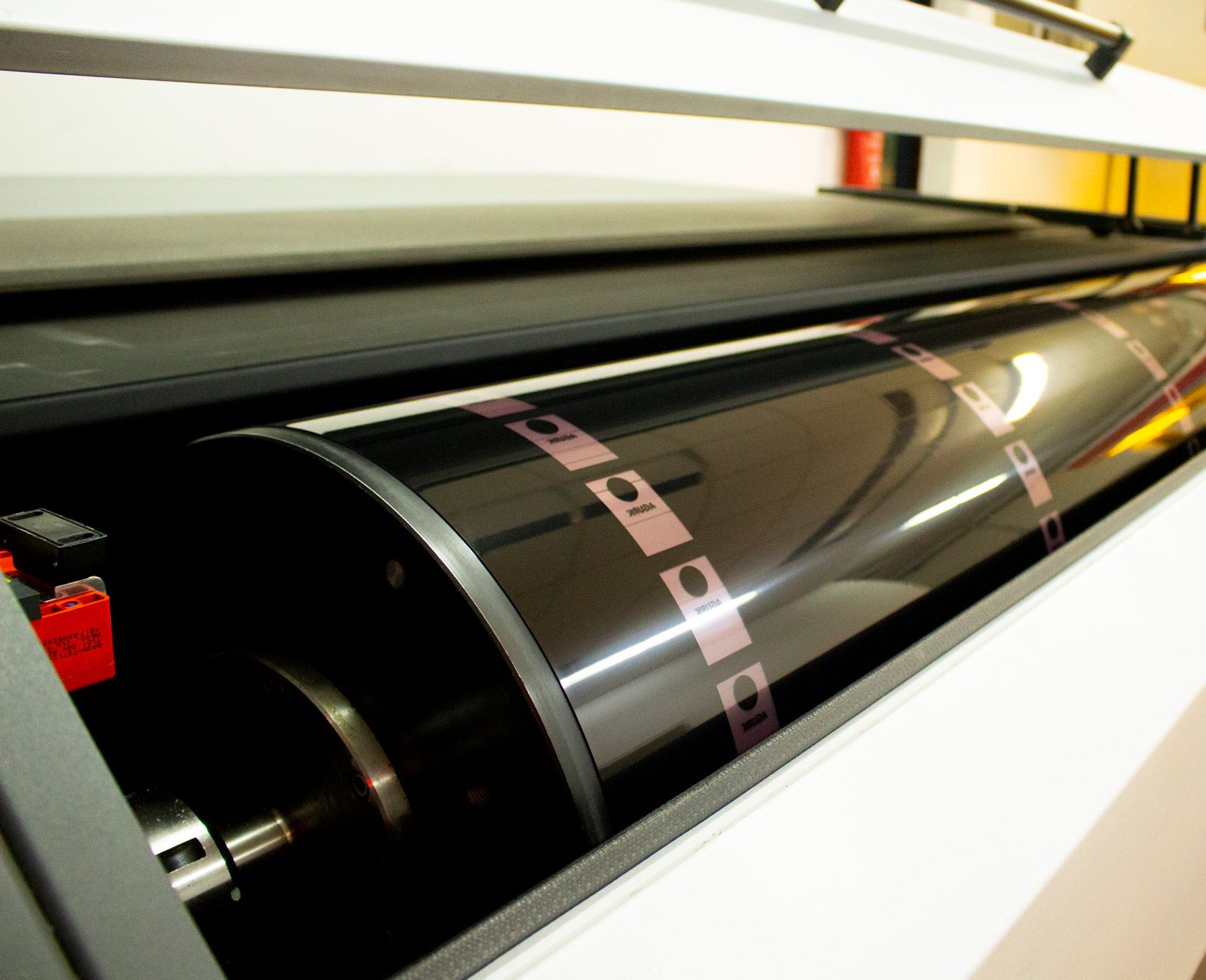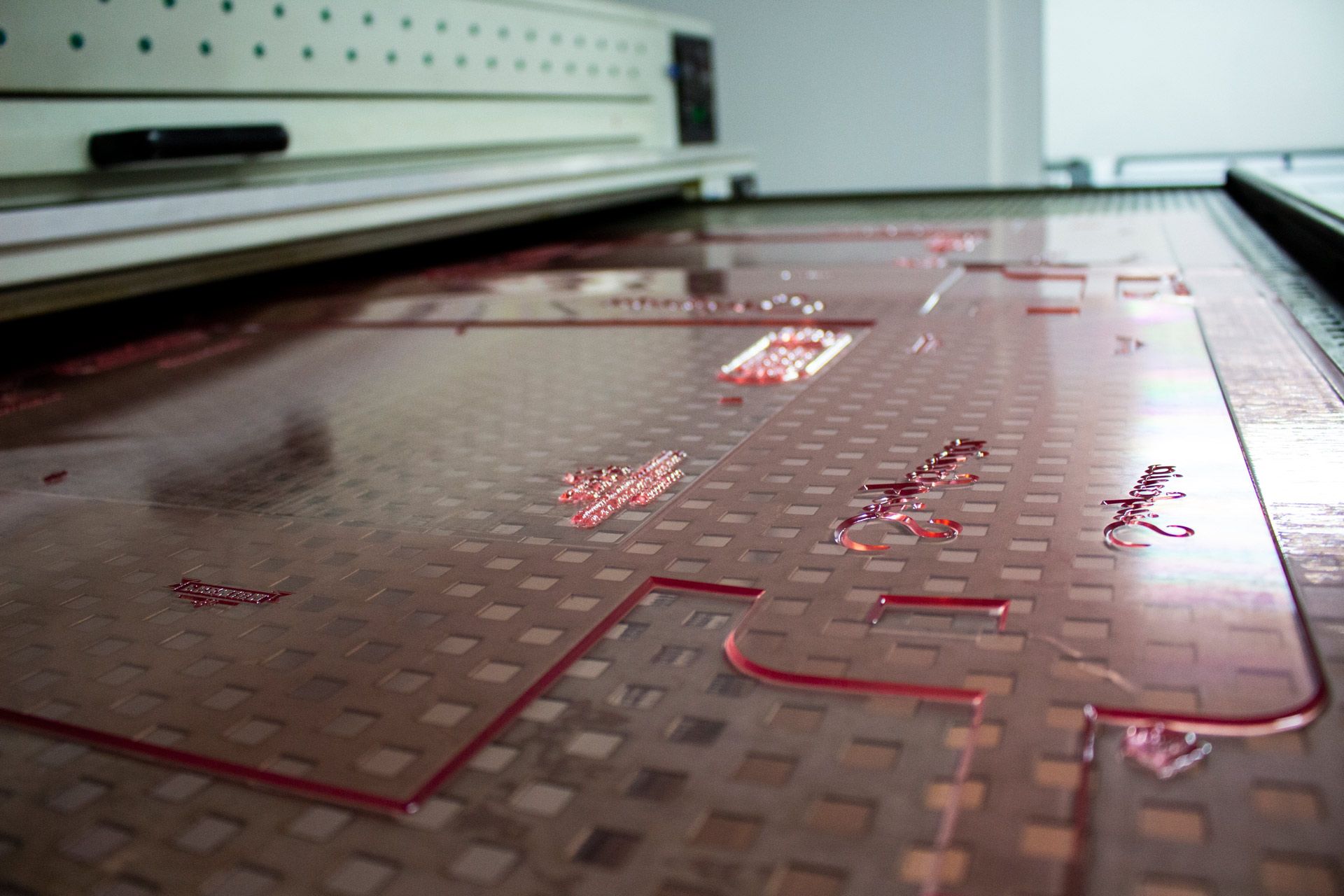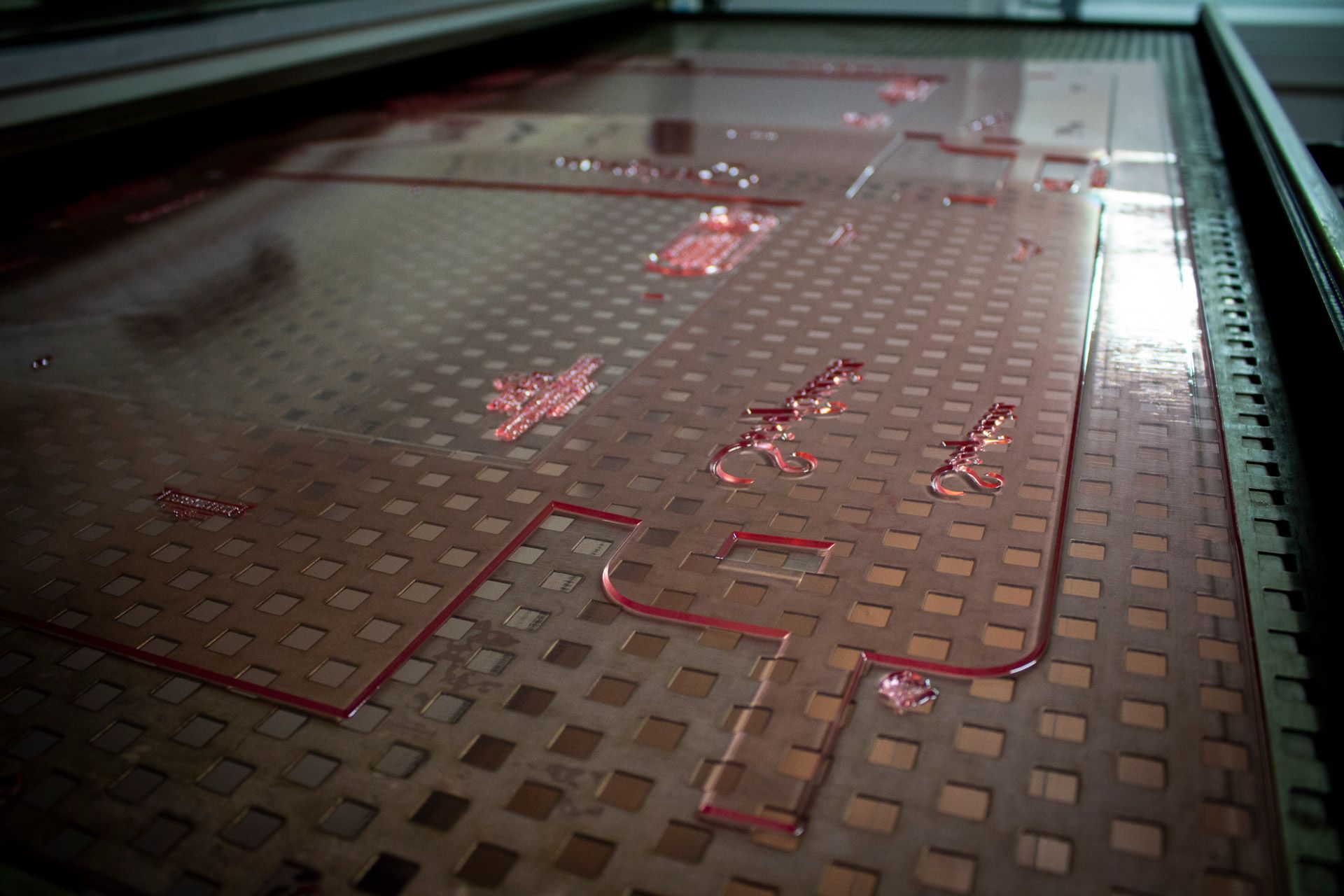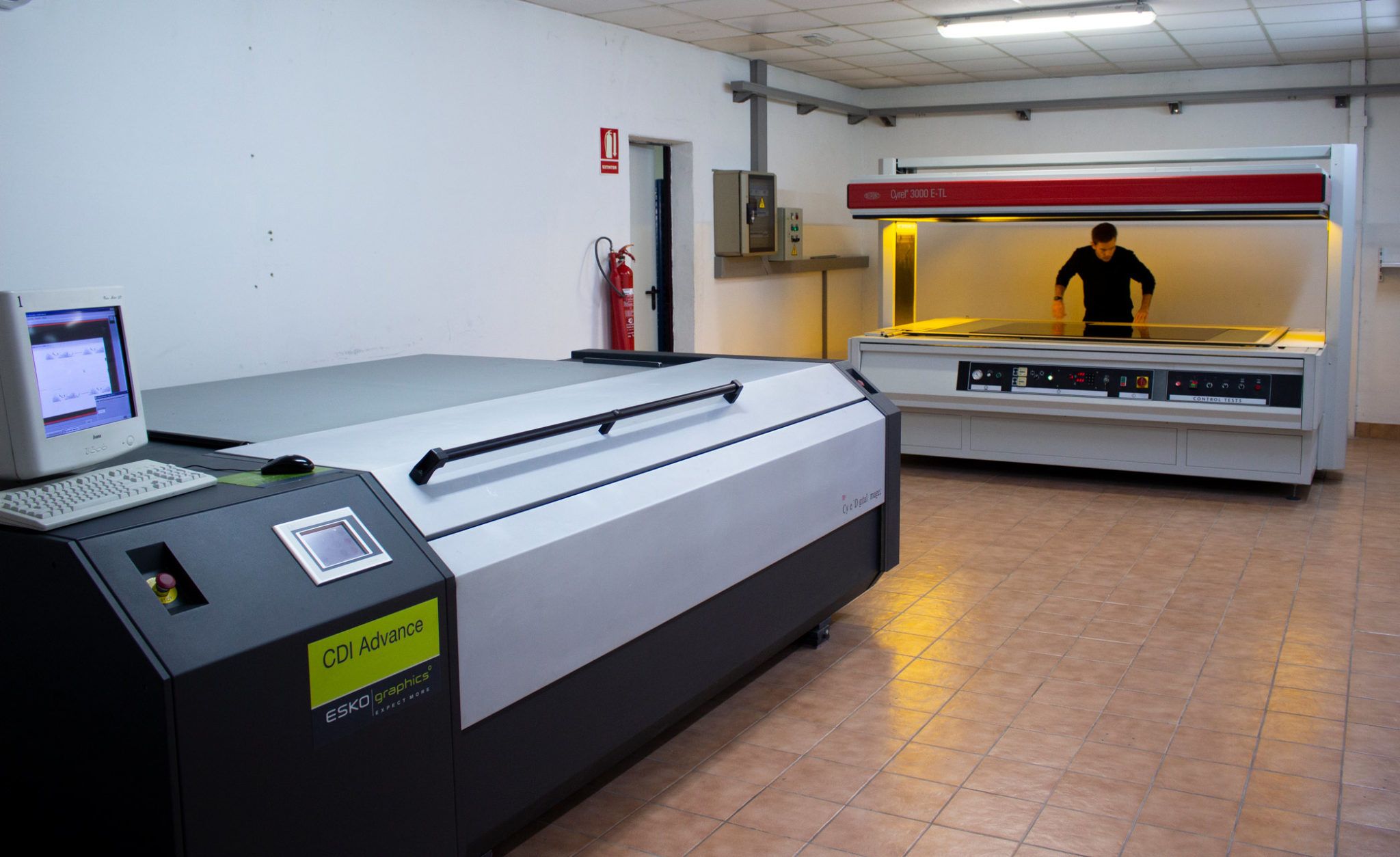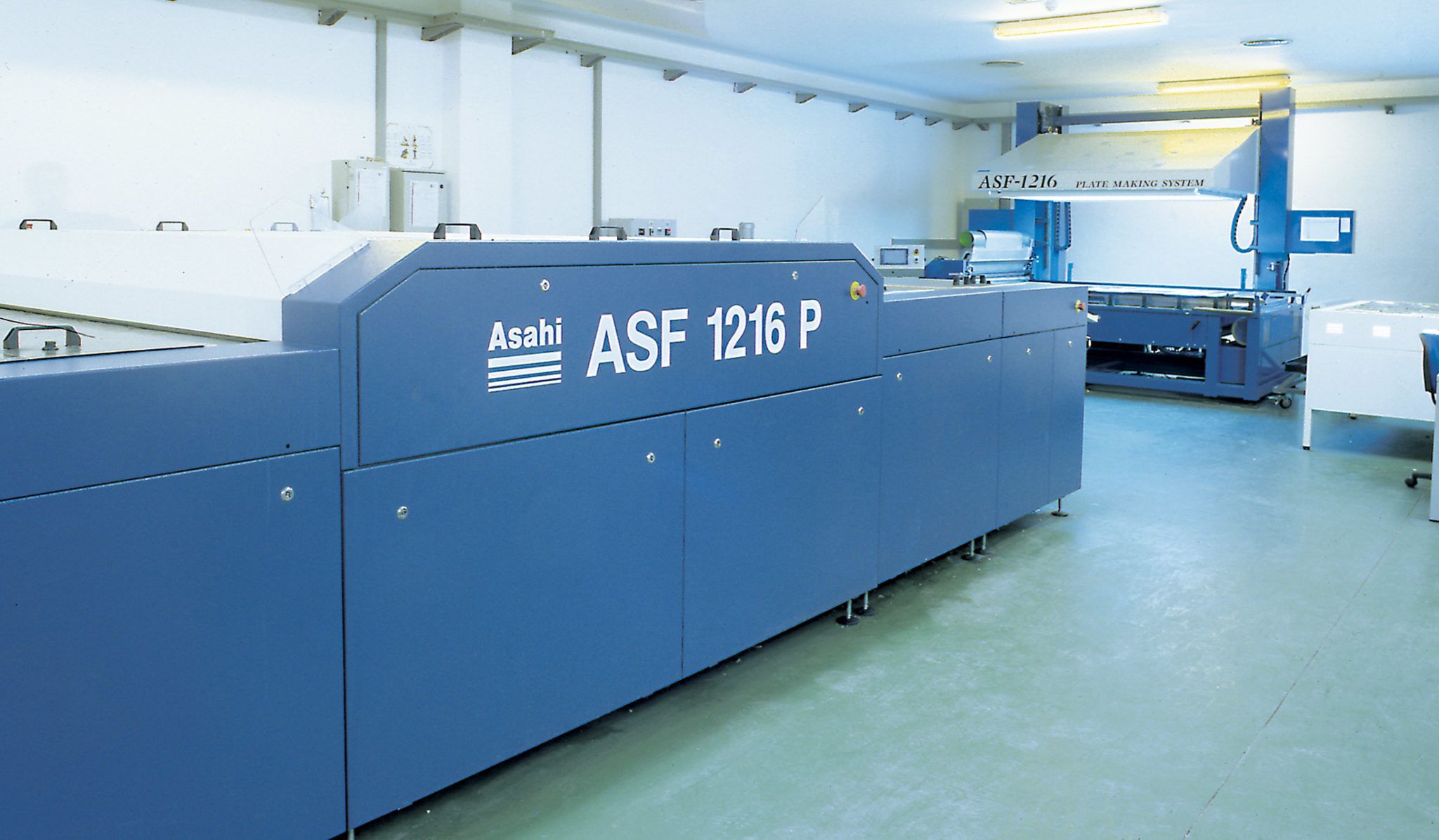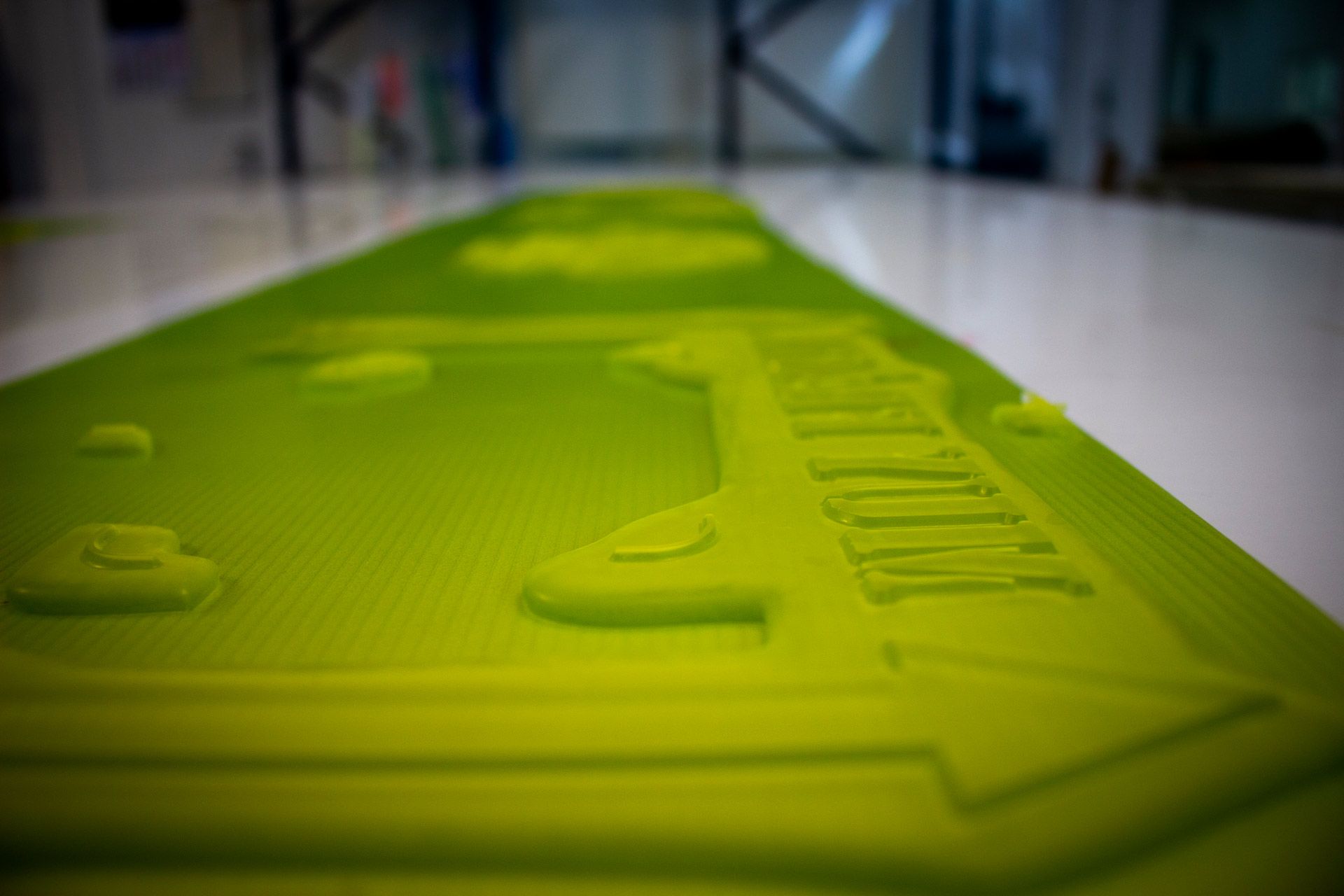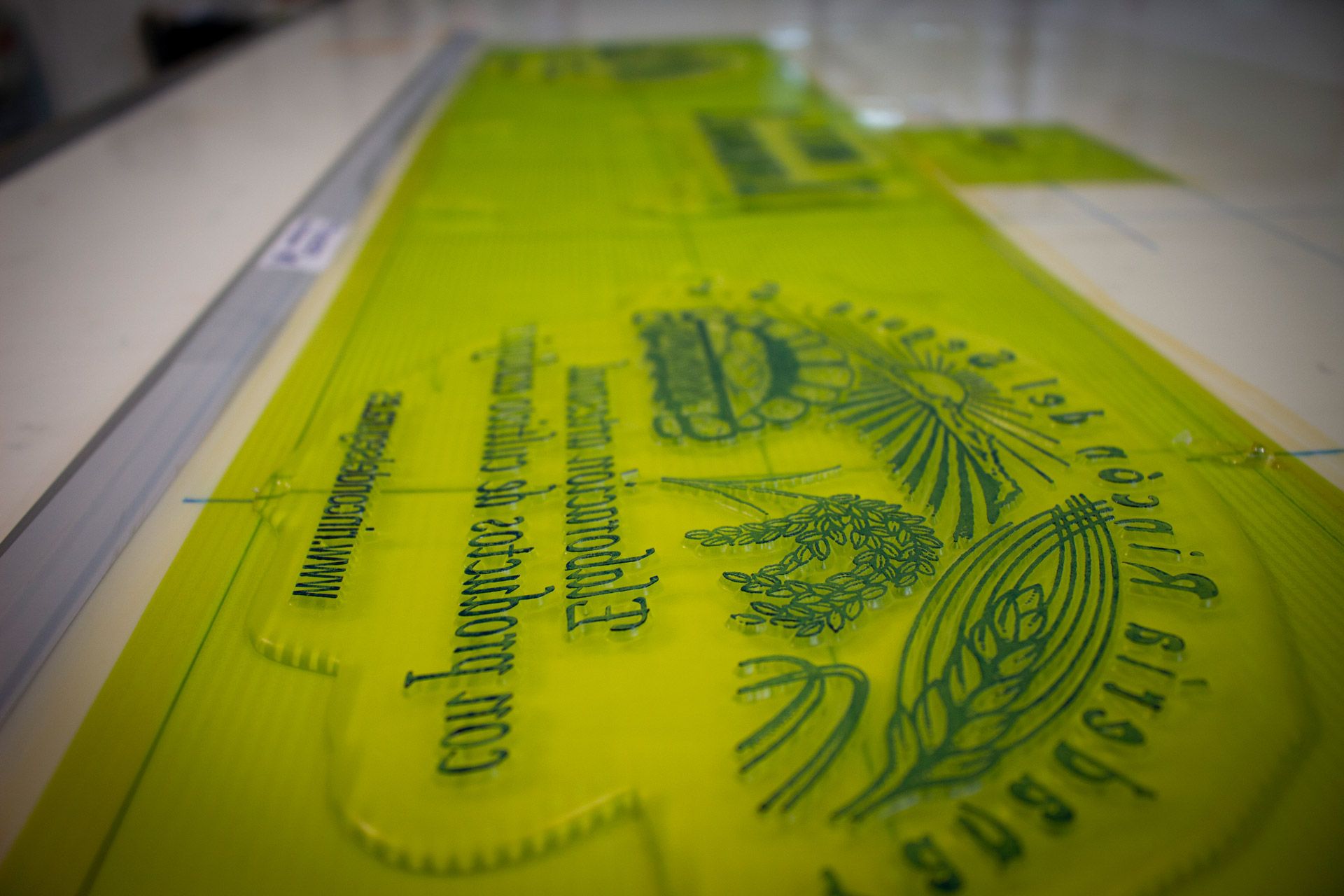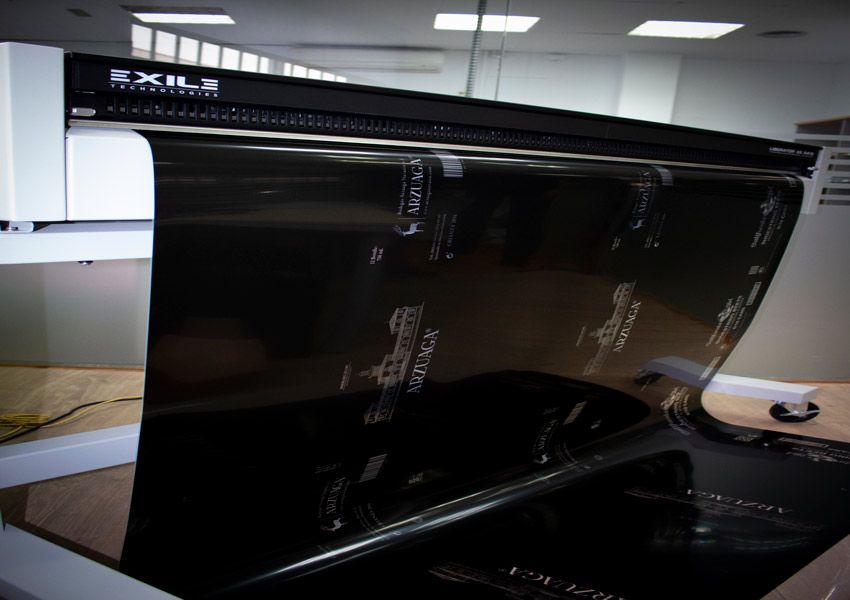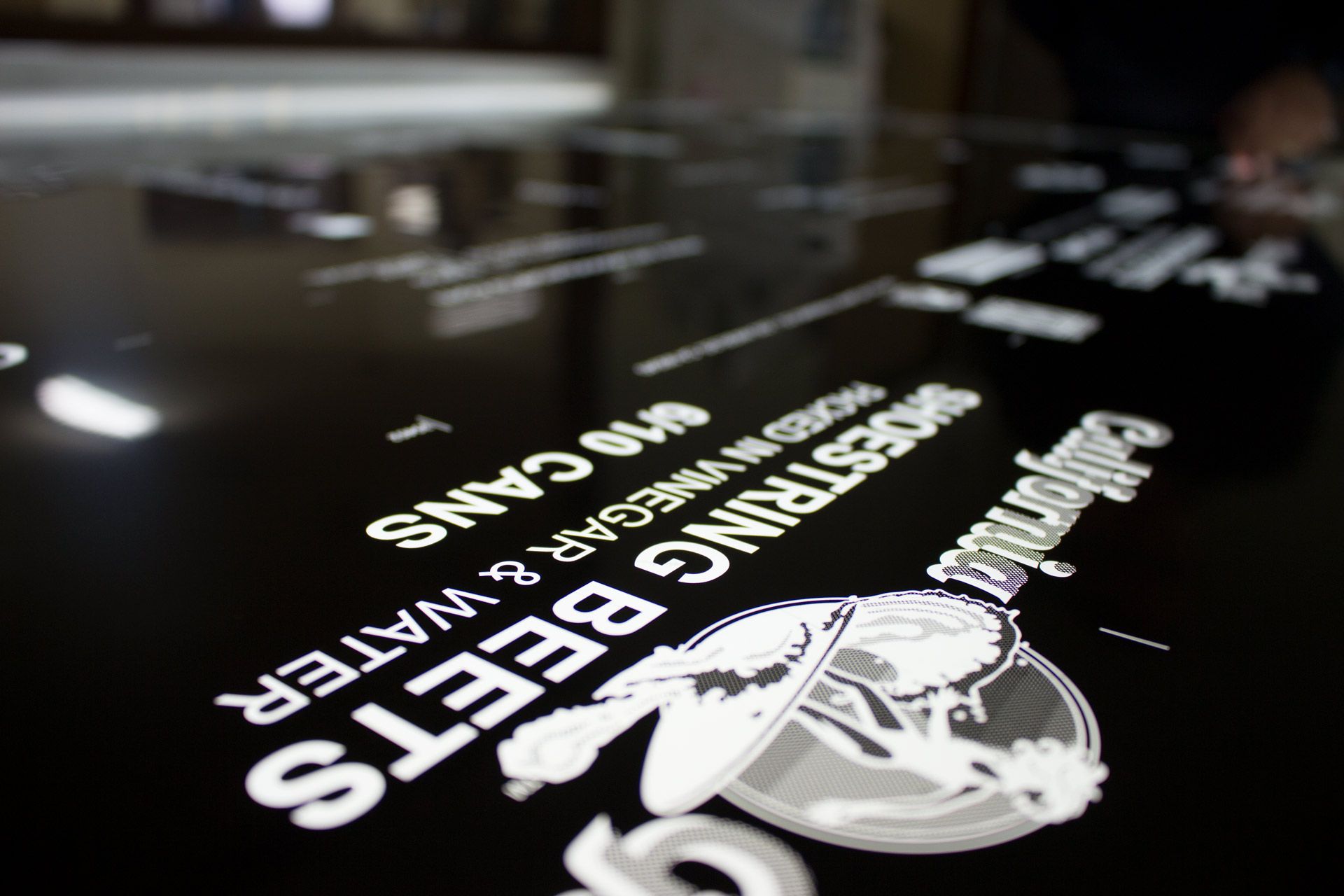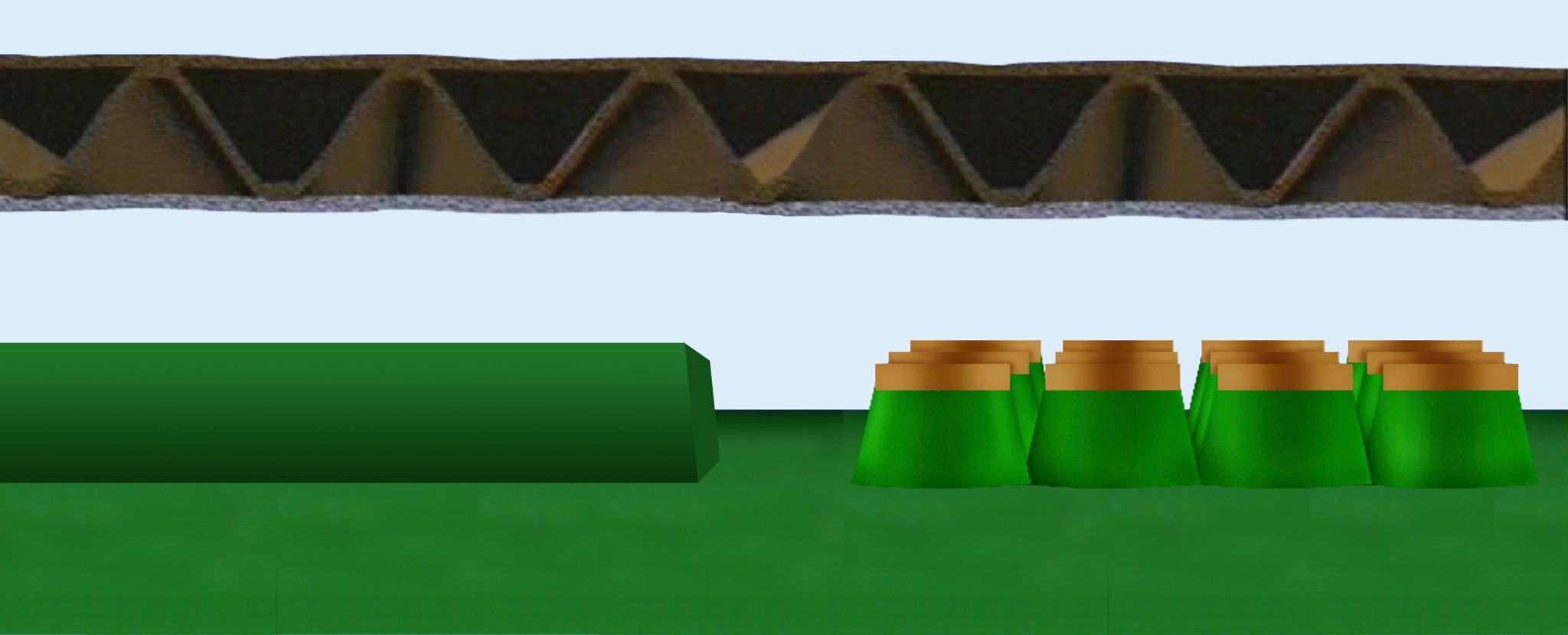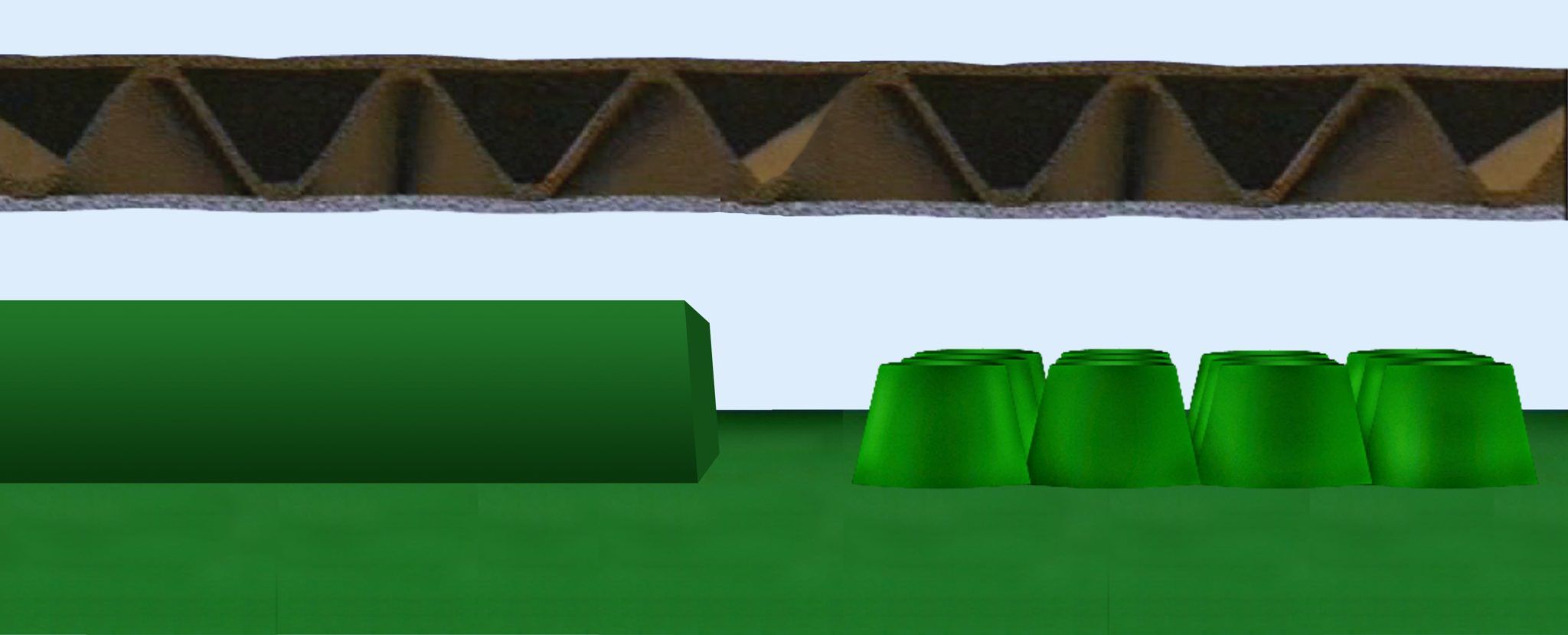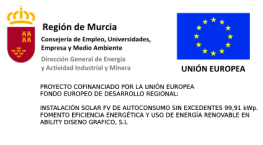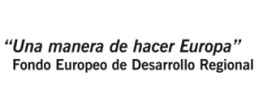High-end flexography
Flexography is a printing method in which a raised image is automatically transferred by the printing plate onto different materials such as corrugated cardboard, plastic, paper, etc. This great printing versatility enables us to meet every client’s demand.
LET YOURSELF BE ADVISED BY PROFESSIONS IN FLEXOGRAPHIC PRINTING AND DIFFERENTIATE YOURSELF FROM THE COMPETITION.
Solid digital printing plates
This digital printing plate system relies on the possibility of obtaining digital graphs directly engraved from the design department to the CDI on a solid plate, thus removing the intermediate step involving a negative, as this printing plate already comes with an opaque black mask that is treated with a laser by the CDI for subsequent exposure to UV light.
This technique substantially improves image reproduction due to the fact that higher screen rulings and smaller dots are achieved. Repeatability with the utmost precision is also ensured. This is particularly recommended for printing images of very high quality on any type of support (corrugated cardboard with coated papers, plastic sheets, paper, etc).
The printing plate consists of a photopolymer in a solid system, which makes it suitable for almost all types of inks (water-based, UV solvents, etc.). For years, Ability’s workflow has allowed to provide clients with a digital printing plate in the desired conditions within the deadline.
Liquid printing plates
A superior printing quality can also be achieved with liquid printing plates. This printing plate is made of liquid resin. It is particularly recommended for printing on non-coated supports for reproducing bitmap images and four-colour images with intermediate screen rulings. Its structure allows the optimal printing on very porous papers with low grammage. Owing to its low hardness, it can easily be adapted to the irregular structure of corrugated cardboard. The embossing of this type of photopolymer is always performed with analogical systems and therefore, it is extremely important that negatives and image processing are closely adapted to this image reproduction technique.
This system has the benefit of generating less contamination, as processing is conducted with water and soap. Thanks to more than twenty years of experience, Ability can offer a printing plate with the quality requirements of your company in a timely manner. Ability understands the importance of not interrupting the production process with undue delays that impact the continuity of the production chain.
Capped printing plates
The printing plate with capping system relies on the application of two layers of resin with different hardness in only one plate. Thanks to the equipment that Ability owns, this lamination is performed in a completely automated manner. The capped printing plate enables an optimal transmission of the ink with a lower dot gain, which allows to undertake printing projects with middle and high quality four-colour images, bar codes, etc.
Due to the fact that its surface is always made of virgin resin, an image reproduction with higher quality and stability is achieved, while ensuring a higher durability of the photopolymer. This development is the result of Ability’s commitment to offering its clients the best solutions for their production processes.
Mixed liquid printing plates
The mixed liquid printing plate technique is based in obtaining in the same colour areas treated with capping systems and areas with only one resin.
This technique allows to print the highest quality four-colour images, bar codes, very small print, etc., along with areas containing images with colour backgrounds (mass areas), on corrugated cardboard with medium-quality or low-grammage papers.
Compensanted liquid printing plates
This printing plate technology has been developed to achieve that those images made up of mass areas and fine detail (screens, bar codes, very small print, etc.) in the same colour can be reproduced with the highest possible quality. It basically consists of giving more height to mass areas and less height to screen or fine detail areas in positive in the same colour. It is recommended for printing corrugated cardboard, particularly cardboard with a high channel marking due to its low grammage.
With this type of printing plate, mass areas can carry a greater amount of ink than the rest of images, thus optimizing quality in all the reproduction process. The combination of mixed and compensated treatments substantially improves image reproduction and printer productivity.
In Ability we always offer the best quality solutions.
Manual pre-assembly
Components manually assembled in pre-assembly are prepared by fitting the printing plates in its corresponding sleeves using a technique that ensures the high precision and location of the printing plates according to the parameters of each printing equipment, although always manually.
Microdot pre-assembly
Using a highly sophisticated equipment for colour fit, the (microdot pre-assembly) system ensures the perfect fit of the various colours for each project. This is achieved thanks to a system based in the use of cameras and monitors with a magnification of up to 40 times the size of the component (microdot) to be fitted. Thanks to this technology, Ability can supply its clients with graphic design products for high-quality demands, completely ensuring colour fitting and also achieving a significant improvement in printing equipment productivity.
With microdot pre-assembly, colours with high precision can be achieved.
Direct pre-assembly in a liquid system
Ability has also developed a technique (always with liquid printing plates) that involves the assembly of different colours directly with its high-grammage polyester support, without the need for polyester sleeves or adhesives. This system ensures that the printing plate never comes off the assembly, as well as the absence of air bubbles that could distort its height in these areas. In addition, this system substantially improves the flexibility of printing plates, facilitating the start-up of the printing machine.
As these components are always pre-assembled using the Direct Assembly system, a perfect fit is guaranteed, along with an incredibly fast start-up of the printing machine, particularly for Masterflex printers and the like. This is so because a perfect parallelism between the anchoring rods and the printing process is ensured.

